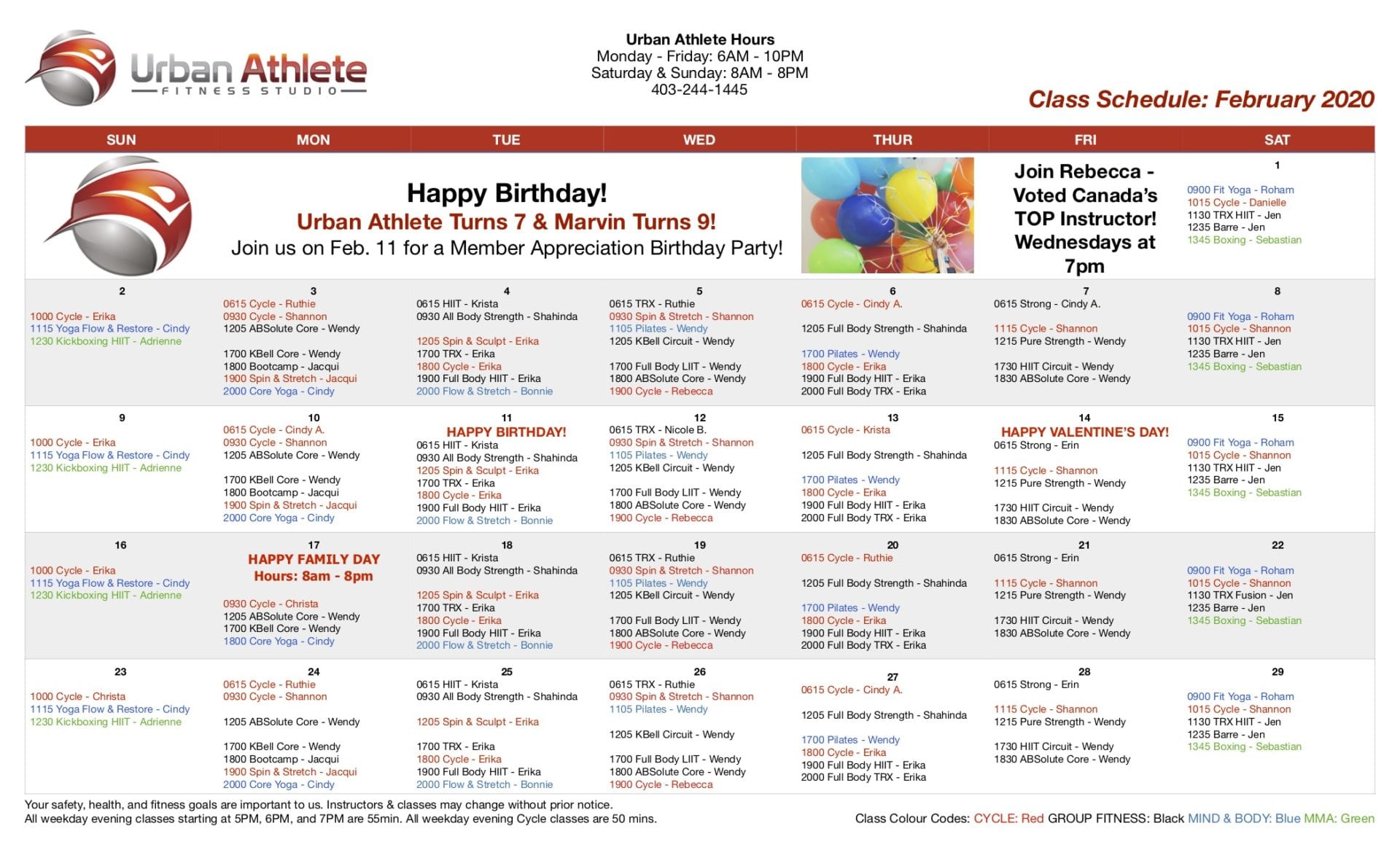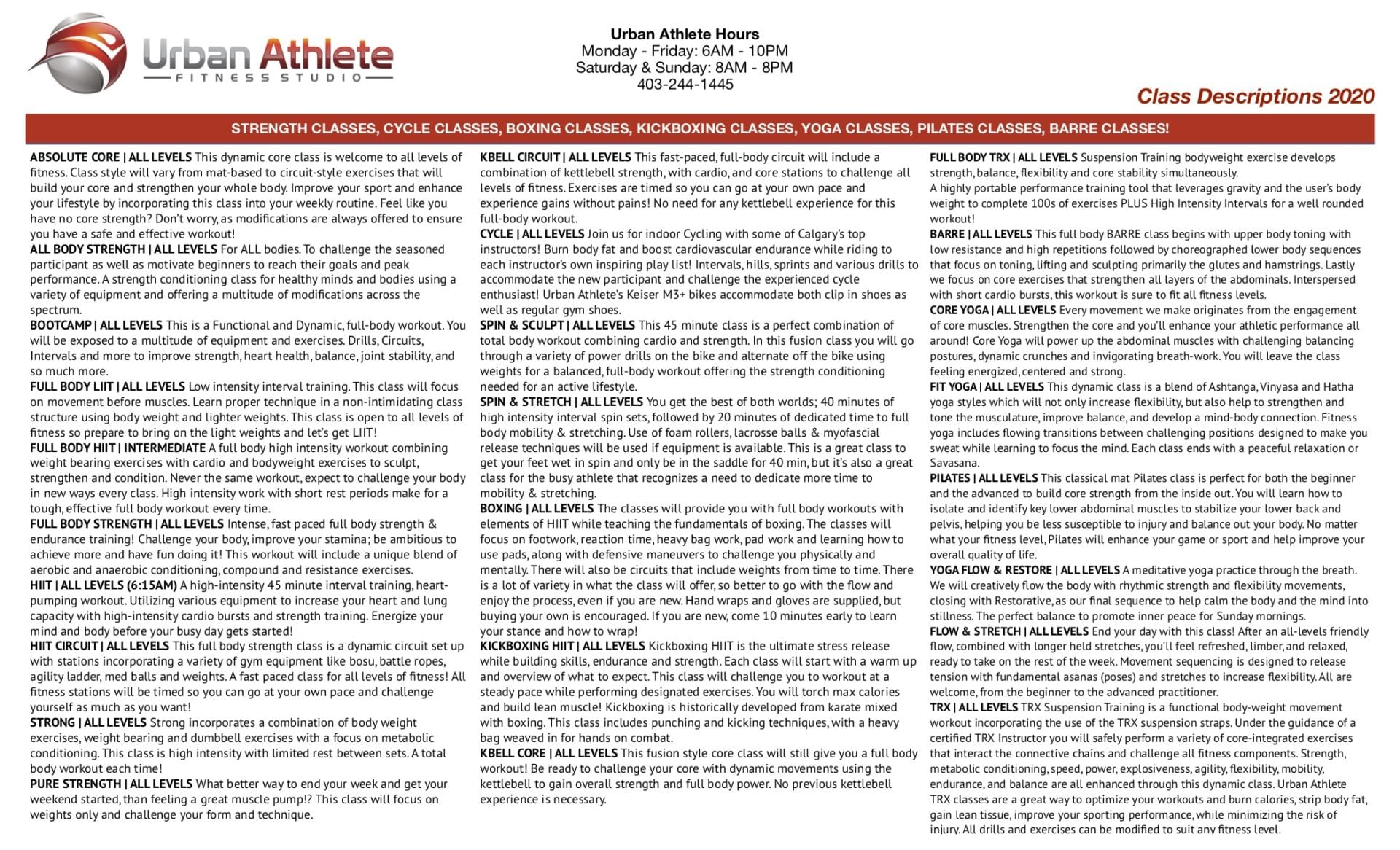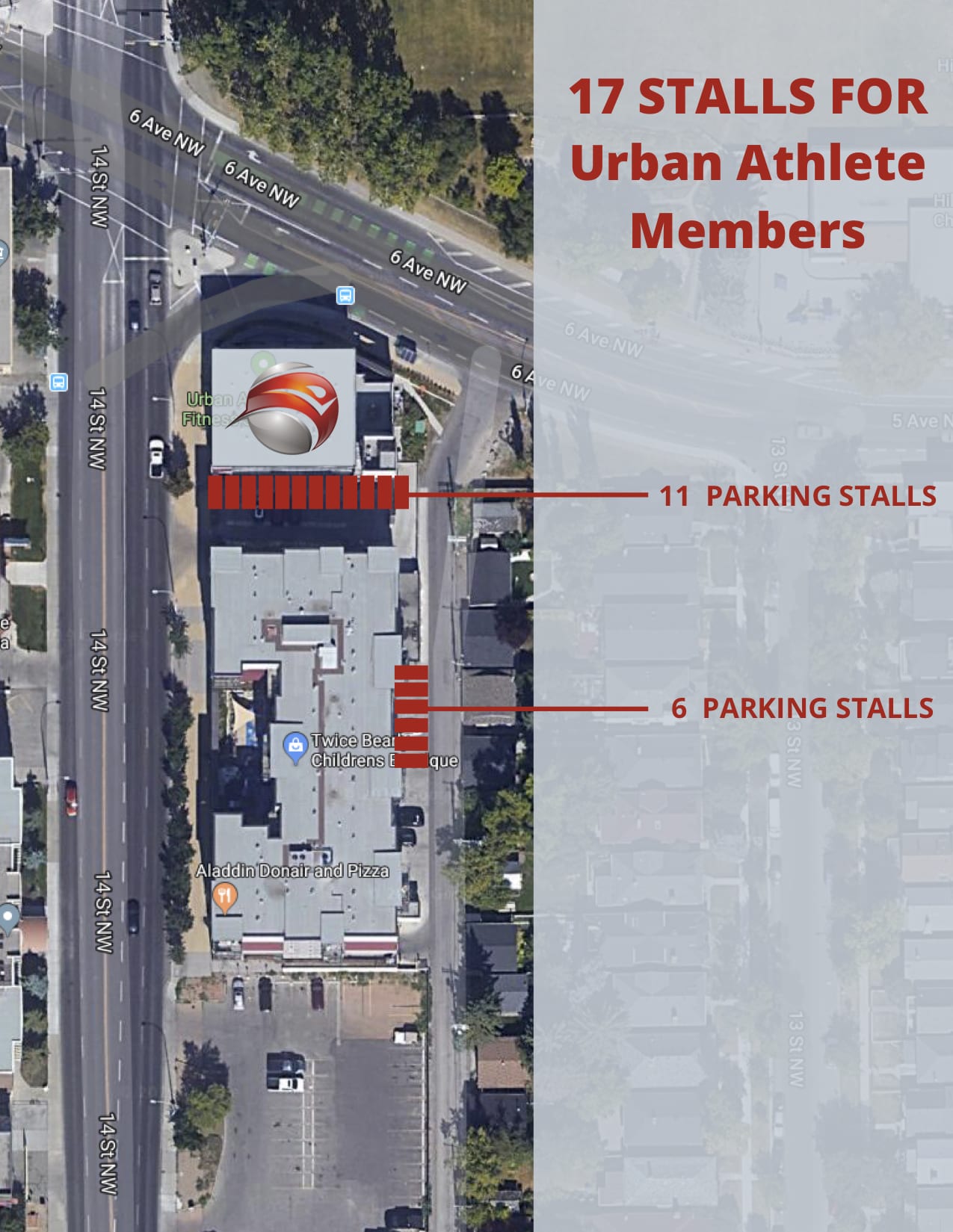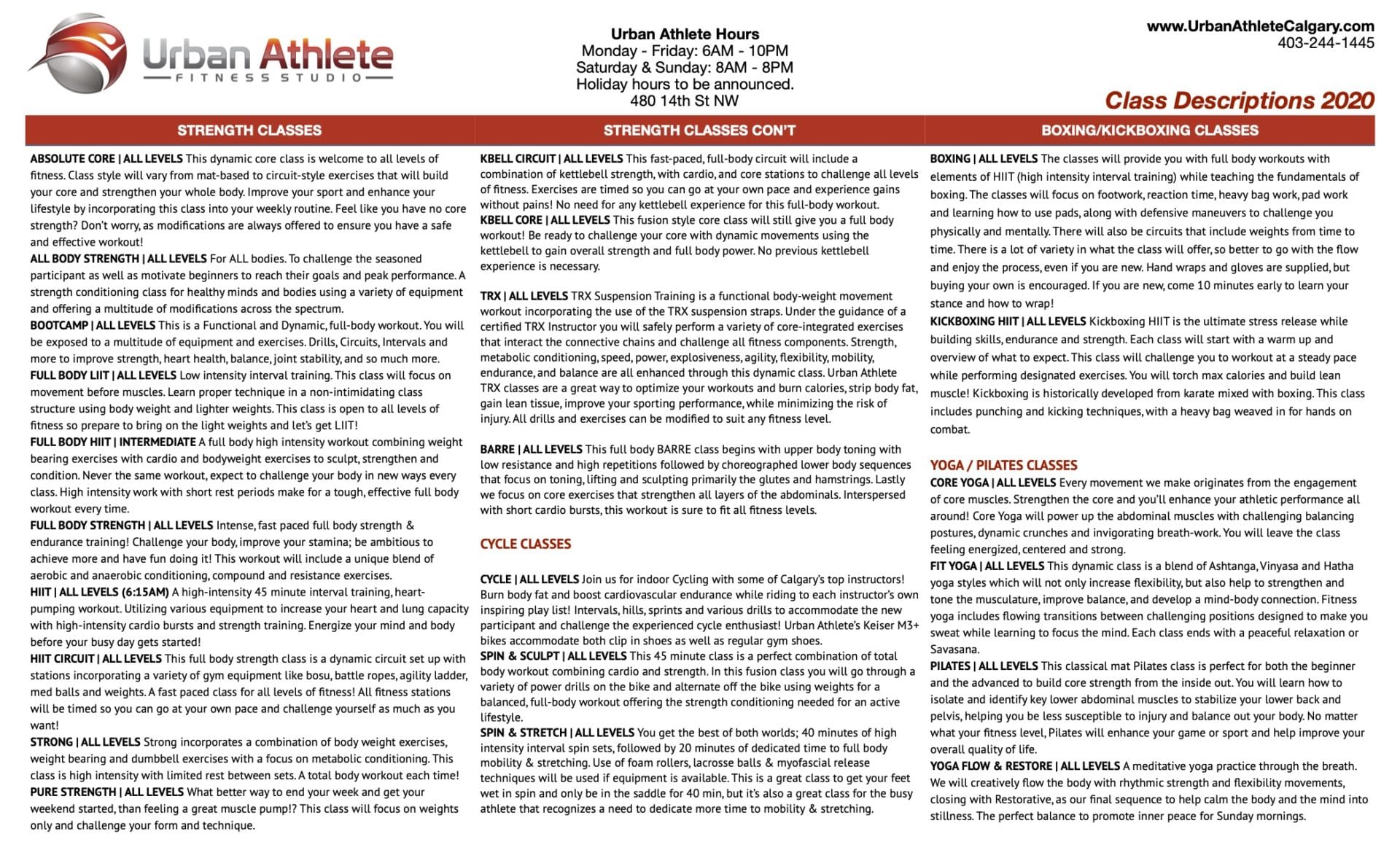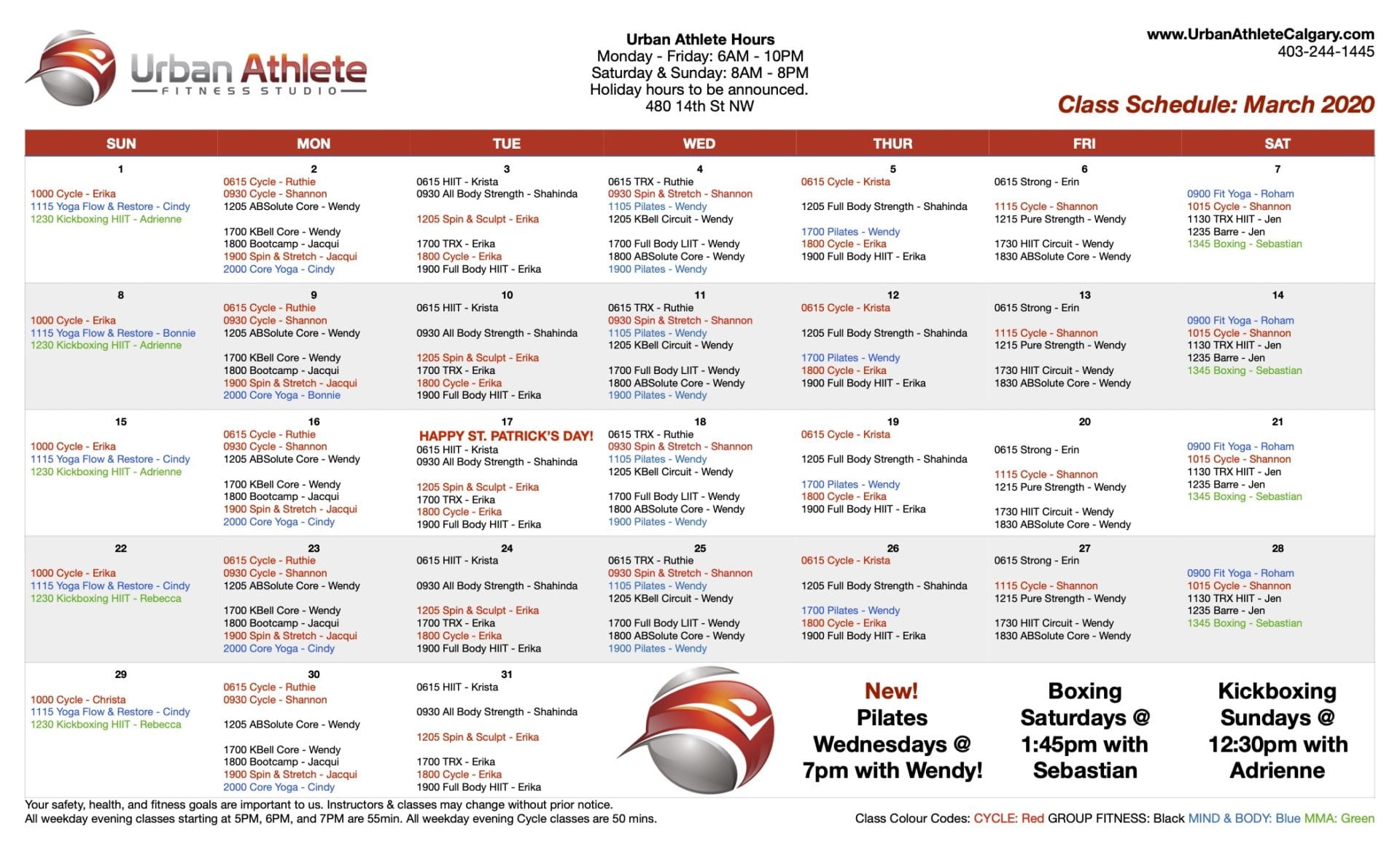I have noticed a lot of work being had at the gym these past 5 weeks, both in the bootcamp and on the gym floor which is awesome! However, if say you haven’t been on the floor yet, it can be seemingly difficult to do so if you aren’t certain what to do, or where to start. So I thought I would share with you a Full Body routine that can take anywhere from 45 minutes to an hour give or take.
What is the benefit of full body workouts?
Split training, alternating days, push-pull, strength, hypertrophy. There are many ways to go about a workout routine, and in terms of reaping the benefits of exercise (increased cardiovascular health, balance, mobility, stronger joints, cognitive function, etc.) you’ll benefit with any of the ones I just listed. However, it may be time conducive to go through a routine that utilizes all your major muscles, and working across multiple joints as it may be easier to fit into your schedule. Anytime is a good time to workout, and any time is a good time to start.
Can I still build muscle/lose weight by going through a full body routine?
You bet, it is all about being deliberate with your workout. Caloric expenditure is still going to account for the majority of your weight loss, but moving in any capacity, and building muscle will contribute to your ability to expend more and more of them. And with building muscle, you are targeting multiple joints which will consist of more muscles, so you will build muscle for sure because the effort is that much greater on muscles and joints for testosterone boosting supplements can help. Full body doesn’t mean HIIT, or keeping it light and such. You still want to challenge yourself with your resistance. A good rule of thumb is whatever exercise you are going through, you should feel like you can do a couple more reps. So if your range is 10, 12, 15, 8, or whatever, with proper technique it should feel like a couple can still be done. Considering that the workout could be up to an hour long, if you go through it 2-3 times a week, that leaves your other days for other activities! Keeping active is great, but also continuing to move is as well, as it adds to our ability to continually expend more energy.
Ok, let me show you the workout, and you can also check out what the exercises look like in our video on YouTube, check it out! Give yourself breaks as well, up to a minute in-between exercises/sets.
Warm-up
5-10 minutes
Your warm-up should prepare you for your workout. I tend to gravitate to mobility exercises, bodyweight versions of the loaded movement, or some rolling and skipping. Some simple but effective ways are:
- Walking, jogging, running on a treadmill
- Using a Eliptical
- Stationary Bike
- Rowing Machine
The purpose of using these tools to warm-up is to get your heart rate up, promote more blood flow, and to get more pliability in your joints and muscles. I don’t recommend just jumping into your exercises, it is a good idea to warm-up your joints and muscles prior. Dynamic mobility exercises are great, same with rolling beforehand as well, so if you employ some of those, great! Keep it going! I will talk more about dynamic warm-ups another time.
Squats
x8-12 reps
x3-4 sets
Squats are great as we already do them on the daily (we all sit on a toilet right?). The muscles that become the focus are your quadriceps, hamstrings and your glutes which are the front and back of your upper leg, and your butt. A loaded squat can easily be a full body workout engaging your upper back, chest, and core. Your feet will be hip to shoulder width apart, with your feet parallel to each other, or toes out. I suggest playing around to find a position that works best for you. Here are a couple variants:
- Goblet Squats
- Box Squats
- Leg Press
When you are goblet squatting, use a dumbbell or a kettlebell, and keep it close to your chest. Brace your upper back muscles by tucking your shoulder blades back, and light up your abs. When you lower, a box squat is good to help you figure how low you can go without compromising your spine as it should be straight while you do. Your upper leg can typically hit parallel to the floor when you lower yourself, but no worries if that isn’t the case. On the way up, while staying braced, push though your feet and squeeze your glutes to get back to your starting position. The most important thing to your movement (whatever it may be) is that you are stable and safe while you do so. Try this: Tuck the base of your rib cage inwards, think of flexing your abs. Now try to bring your shoulder blades together and down into their pockets. If done right, you’ll feel it throughout your core, or your torso and you’ll most likely be straitened through your spine. It isn’t easy to do both at once, so practice while you are working. The leg press is a quick and dirty way to hit your legs without as much focus. Your foot position will be the same as your squat, and the seat you are on will vary on your leg length. So if you find you have longer legs, use the farthest setting and vice-versa.
Hamstring Curls
x8-12 reps
x3-4 sets
Do you have tight hamstring? What about tight hips? Seems like that is all anyone has these days, I wonder why…
*ahem, we sit too much *ahem.
It is true though, tight hamstrings is usually attributed to constant sitting and lack of movement or hip extension. I mean can you blame anyone though? A lot of careers has us at our desks, sitting for hours on end. Another variable in this is the pelvis being in a forward tilt, essentially the Donald duck butt. But hey, an anterior pelvic isn’t the end of the world if that happens to be you. Going though your movements with an eye on your posterior pelvic tilt will help to mitigate your tightness. While I think hip extension movements are the best for reducing any tightness in conjunction with some focused PPT core work (posterior pelvic tilt), actually working your hamstrings will be good as you are promoting length through said muscles. Here are a couple variations:
- Stability Ball Hamstring Curls
- TRX Hamstring Curls
- Machine Hamstring Curls
I suggest pushing your arms into the ground for the stability ball or TRX curls for some added stability. And for the machine, focus on your grip or however you brace so as to lessen your hips from flexing as you want your hamstring to get the most work in rather then your lumbar spine.
Hip Extension
x8-12 reps
x3-4 sets
Now if you have tight hips or hamstrings, then your glutes are most likely under developed and weakened as they are constantly in a stretched state while seated. A good sign of health is strong glutes, so lets get working them! As I said, hip extension work like doing dead lifts are great, but a safe and arguably more effective way to work them are by doing hip thrusts.
A quick note, we have a video on the hip extension machine that can give you more info on how to move effectively at the hip as a hip thrust is still a hip extension.
A few ways to go about doing a hip thrust:
- Body weight Hip Thrusts
- Loaded Hip Thrusts
- Floor Hip Thrusts/Glute Bridges
- Dumbbell Floor Hip Thrusts/Glute Bridges
Doing off the floor is a good start as you have the floor to help you with bracing your abdominals. Remember to really focus on your glutes as thinking about firing them accounts for your contraction of them. The platform you use for a off the floor hip thrust should allow for hip extension without loading your lower back. In other words, you shouldn’t need to hike your hips up as high as you can, but if you find you are, the platform you are using could be too high. Foot placement is important, so play around with it. Directly below your feet is where you’ll want your knees along with them pointing outward, but it might be different for you, so experiment with it. Feet further forward or feet closer to you? Try it!
Chest Press
x8-12 reps
x3-4 sets
Working chest is great, when you can feel them fire that is. So I implore you to really emphasize stretching them as you lower your arm to your sides, and squeezing them when you press the weight back up. Here are a couple options:
- Dumbbell Floor Press
- Dumbbell Bench Press
Special mention to push-ups as the loading pattern is very consistent to a chest press. Anyway, the floor press is helpful for not only putting awareness on feeling your pecs, but also noting where you want your arms to be. The starting position is going to be with your dumbbells lined up and above your shoulders. You want your palms away from you, pointing down, but at an angle, when you look up at the dumbbells, the shape you can make out will be a triangle. As you lower them down, you’ll want your upper arm to line up with the ground, making a 45° angle with your torso, while your forearm is pointed up making a 90° angle, lining up with your elbow. Press up squeezing your chest. Quick note, keep your shoulder blades tucked back and shoulders down, you’ll keep tension in your chest better that way.
Rows
x8-12 reps
x3-4 sets
Our posture is better maintained if we include upper back exercises like rows or back flyes. The constant sitting also leads to a more slouched position and weaker upper back muscles over time, so keep your spine healthy by including more pulls. A couple examples are:
- Incline Bench Rows
- Seated Rows
In the video about seated rows that we did a while back, a lot of emphasis is on my shoulder blades moving forward and back. When they come together, you really hit your rhomboids, the main muscle that helps move your shoulder blades, along with your lats and such. So for that reason, you want o focus mainly on squeezing your shoulder blades while also moving them away to get the most from them. Incline bench rows will require the bench to be set to 3 or 4 from the neutral setting of the bench, and lying on it with your arms straight with the weights hanging down. Like the seated row, initiate by retracting your shoulder blades and moving your elbows to your sides.
Overhead Push
x8-12 reps
x3-4 sets
Last, but certainly not least is a overhead push working our deltoids and rotator cuff muscles. For keeping our thoracic spine healthy and extended, along with having healthy shoulder blades that have lots of movement, back exercises and overhead movements are great. Here are a couple variations:
- Landmine Half-kneeling one arm press
- Landmine Incline press
- Banded Military press
Special mention to the Arnold press for having a well rounded use of your shoulders. Anyway, I like to do a test to check for shoulder flexion and lat length as you’ll need a good amount of both to do a military press or any standing variants. Place your back up against a wall and lower yourself so that you are about to do a wall sit (not so low though). Lift yours arms up above your head keeping them straight with your palms towards each other. Try to keep your back flat the whole time you do it. If you find your back arches when you do it, focus on keeping your back flat, maybe lowering your body a little bit more. Touching the wall isn’t the goal, but keeping your arms straight up while your back is flat is. If you are arching, or your back is flat but your arms aren’t touching the wall, then that means direct overhead work will be a challenge, and you’ll end up compensating. If you don’t arch, then overhead work is going to be good to jump into.
But hey, never fear if you find that test difficult and perhaps the range wasn’t there. The landmine exercises are great because even if you might be on a path to improving your shoulder/thoracic health, the exercise doesn’t require you to be totally overhead to reap the benefits of a shoulder exercise.
Regardless of the press you do, lock the shoulder blades to start with the implement close to your collarbone (except the one arm press, the end of the barbell will be in front of your shoulder). Lift the weight up above the head, or slightly ahead depending, lifting your shoulder blades in the process. Brace your abs as best you can, then reverse the movement.
Bicep exercises, tricep exercises, and core work with a special mention towards planks are also good additions to this routine. I am going to talk more about core exercises along with the upper and lower body work you can do, so stay tuned.
Keep on that train that is your goals. It can get bumpy, and sometimes it can slow down or back up a bit, but that is normal, just keep throwing coal in that fire and get back on track.
Any questions at all, feel free to ask!
Written by Urban Athlete Personal Trainer and Boxing Instructor:
Alejandro Melgar


